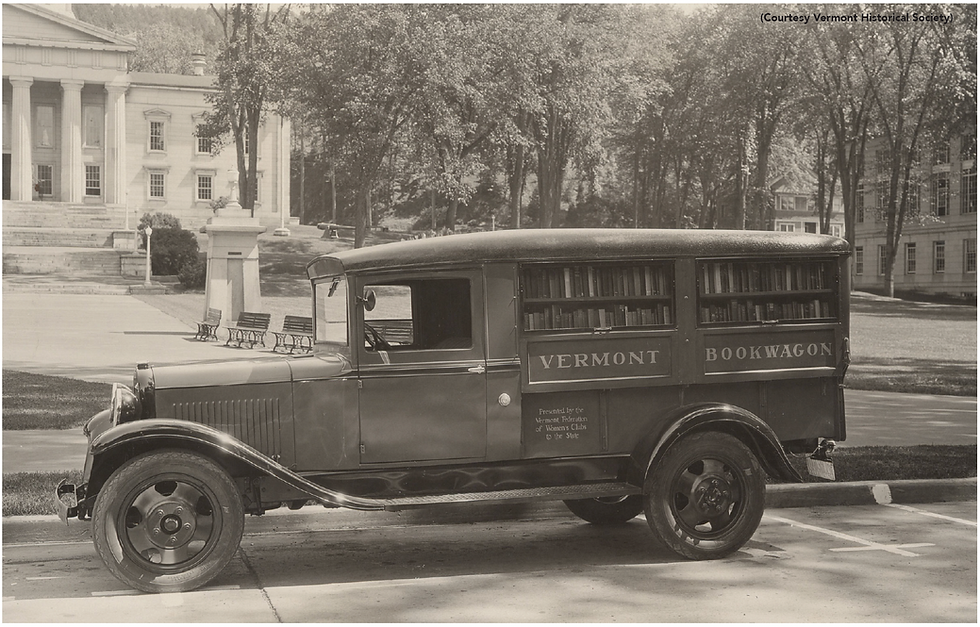A Pressing Matter
- VTMAG

- Jun 7, 2022
- 3 min read
Beth Murphy shares the process behind her stunning mixed-media artworks
STORY BY BENJAMIN LERNER PHOTOGRAPHY JIMMY iENNER, Jr.
If you visit Beth Murphy’s beautiful house on Route 30 in Bomoseen, you will likely find her hard at work preparing one of her magnificent pressed botanical artworks in her home studio. It’s been several decades since Murphy first started pressing flowers, but she still finds considerable fulfillment in every new artistic project. “I see my art as a vehicle that nature moves through,” says Murphy. “My goal with the artwork that I make under the Beth Murphy Botanicals imprint is to transmit the feelings of peace and relaxation that I experience while creating them.”

Although flower pressing is a centuries-old art form, Murphy takes a distinctly modern approach with her work. She uses acrylic and watercolor paints in many of her pieces, as well as unique papers that add texture and depth. Murphy’s mixed media collages incorporate a broad range of flowers and plants, many of which are grown in the outdoor garden on her property in Bomoseen. Some of her works are representational in nature, while others are more abstract. In addition to exhibiting her work, Murphy has found considerable success with her line of bridal bouquet collages. “I use the flowers from bridal bouquets to make deeply personal collages,” says Murphy. “It allows my clients to preserve their treasured memories in a beautiful way.”
After moving to Vermont from New Jersey in 2017 with her husband, Thomas, Murphy has found stable footing in the Vermont artistic community. Her works have been sold and shown at Sparrow Art Supply in Middlebury, Frog Hollow Farm Store in Hubbardton, and the Vermont Welcome Center on Route 4 in Fair Haven. She has also taught workshop classes at her studio and at Equinox Village in Manchester, and her work will be featured in the upcoming “Fine Feathers” exhibit at the Birds of Vermont Museum in Huntington. Murphy is hosting an Open Studio Weekend sponsored by the Vermont Crafts Council in late May, and she encourages visitors to call and book an appointment to visit her workshop at other times, as well. As Murphy gears up for a busy summer season, she graciously agreed to share the process that goes into making her gorgeous botanical artworks with VERMONT Magazine. “The great thing about flower pressing is that there is no competition but yourself,” says Murphy. “You can do anything you want with it, once you learn the basics.”

STEP 1: Gather a range of flowers to press. Flowers can be harvested from your home garden, a friend’s garden, or purchased. “Think about the colors you love,” Murphy recommends, “and include a variety in your pressing.”

STEP 2: When selecting flowers, it’s important to consider the thickness of the flower and how much moisture it holds. “If the center of a flower is very thick and moist, I pull the petals off and press them individually from the stem, stamen, and leaves,” says Murphy. “That results in consistently flat materials that can make the collage mistaken for being a painting.”

STEP 3: As the petals, leaves, and stems are readied for pressing by being laid out on absorbent paper, the process of imagining how the colors and textures might be used in a collage begins.

STEP 4: “A question I’m often asked is whether I press the flowers into the design that the viewer sees in the final artwork,” says Murphy. “In some ways, it would be great if that were possible! However, once pressed, each petal needs to be separated with care from the absorbent paper. Oftentimes, the botanical material is as fragile as rice paper once all of the moisture has been removed. Then I have the shapes and colors with which to create the collage.”

STEP 5: To properly pull out the moisture while retaining the color of the flowers, they should be sandwiched between two pieces of paper towel before they are placed in the press. The two paper towel pieces should then be surrounded by two sheets of acid-free paper, and two pieces of corrugated cardboard should be placed around the acid-free paper sheets to complete the sandwiched layering process.

STEP 6: A thin paintbrush can be used to paint details on the paper or matboard with watercolors or acrylics, which enhances the piece and add to its flow and vibrancy. “I often subtly incorporate different mediums to emphasize the natural attraction of botanicals,” Murphy says, “I want to showcase the organic beauty, not override it.” In addition to pressed materials, watercolor paint, pencil, acrylics, and papers can be found in Murphy’s works.






